1. Central Georgetown and the Tucville Sewerage System.
In the Central Georgetown Sewerage System there are no treatment processes. This system was designed by Howard Humphrey and Sons and was first commissioned in 1929. The system essentially comprises 24 interlinked sewerage basins each having a network of gravity sewers draining into a single pumping station. The 24 pumping stations deliver the “untreated” flows into a common ring force main then they are discharged to the mouth of the Demerara River via short outfall at Fort Groyen, Kingston.
The street sewerage network remains unchanged today since it was first completed in 1929. Some of the yard sewers were changed over the years as buildings were rehabilitated, expanded or whenever foundation work was done for new construction. Additional yard sewers were done with AC pipes in the 1970s and more recently PVC pipes were used when changes were done.
2. The Tucville Sewerage System:
This system was constructed in 1970. It comprises of a collection of gravity sewers, draining into treatment works. The collection system comprises of house connections which are generally 100mm diameter AC pipes or pitch fiber pipes. The sewerage treatment works were designed to effect the physical and biological treatment of domestic waste water by the extended aeration activated sludge process. The treatment works have been out of operation for a number of years and a mechanically driven pump carries the sewerage from the reception chamber to the settling tank. The untreated effluent is drained into the Laing canal.
The role of the Sanitation Department
The role of GWI's Sanitation Department is to ensure that a certain amount of sewage pumps are working to keep the overflows to a minimum. This has become a very difficult task for the operators and maintenance workers. This is due mainly to the abuse of the sewerage system.
There is no screening process in either of the two sewerage systems and this has led to large volumes of other waste entering into the system. These include plastic bags, newspapers, condoms, sanitary napkins and clothing. This waste causes blockages in the yard sewers and in the inlets of the pumps (in the wet wells). Whenever these materials enter into the pumps, the pumps have to operate under a greater load and the electric motors fail. Note the system is operated manually and if the operators are not present at the time the pumps vibrate and lift off the inlet; this causes the dry wells to flood.
The yard sewers are 100mm (4 inch) in diameter and they become blocked ever so often. Whenever this occurs the raw sewerage backs up into the customer’s yard through the gully and yard chambers. These blockages are cleared by the maintenance crews manually – with the use of steel rods or plastic canes. This is sometimes very time consuming. On occasion where the rods do not work the Hydro Jetting machine or the tanker is used to pump out blocked chambers and manholes.
Damage is frequently caused to the yard sewers through the settlement of structures which cannot be accommodated by the brittle pipe materials and inflexible jointing systems used. Heavy external loads such as trucks and excavators, backhoes etc. aggravate the situation. Storm-water is also known to wash sand and silt into the pipes through the chambers which are very low and many are without covers. These materials settle in the pipe and occupy storage capacity as well as prevent flows. Sand and silt also are never removed.
When these systems were built communal sinks and bath compartments were installed in the poorer areas. Over the years these amenities have been abandoned in favour of in house facilities. A lot of these abandon yard toilets are broken and as such they allow storm-water to enter.
During the period 1985 – 1988 new pumps and motors were installed. These are the same pumps and motors working to date. The motors are frequently rewound since there are no protection devices installed other than the “overload”. Constant rewinding has reduced the efficiency of these units and as such the wet wells, compounded with the abuse of the system, takes a longer period to pump down.
The maintenance crews who are responsible for the clearing of any blockages and overflows are constantly faced with these challenges explained above. Workers on frequent occasions have to immerse themselves into the wet wells to clear blockages and in dry wells whenever they are flooded. This has now become a routine method of clearing the control holes next to the wet wells. Additionally, both sewerage systems have suffered from under funding.
For information on the rehabilitation of GWI's Sewerage Systems, click on the Capital Investment Unit ( Inter-American Development Bank funded projects).

